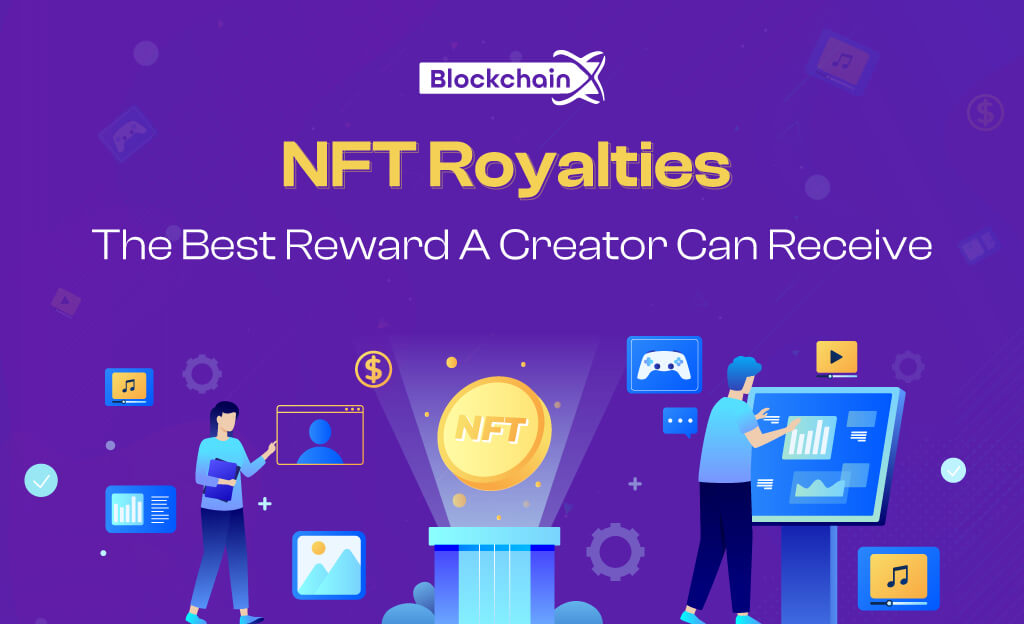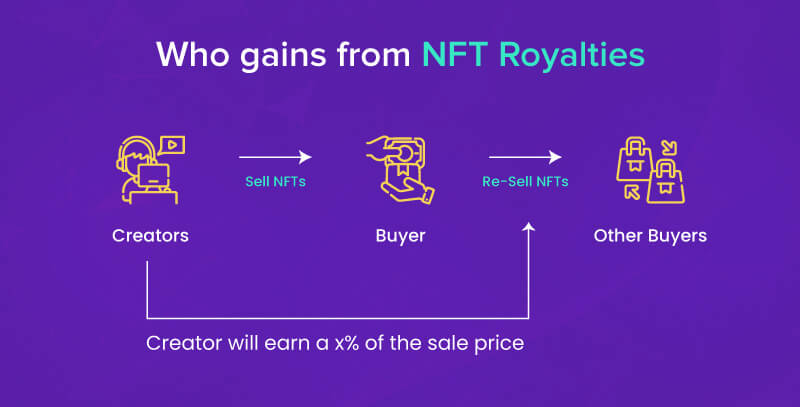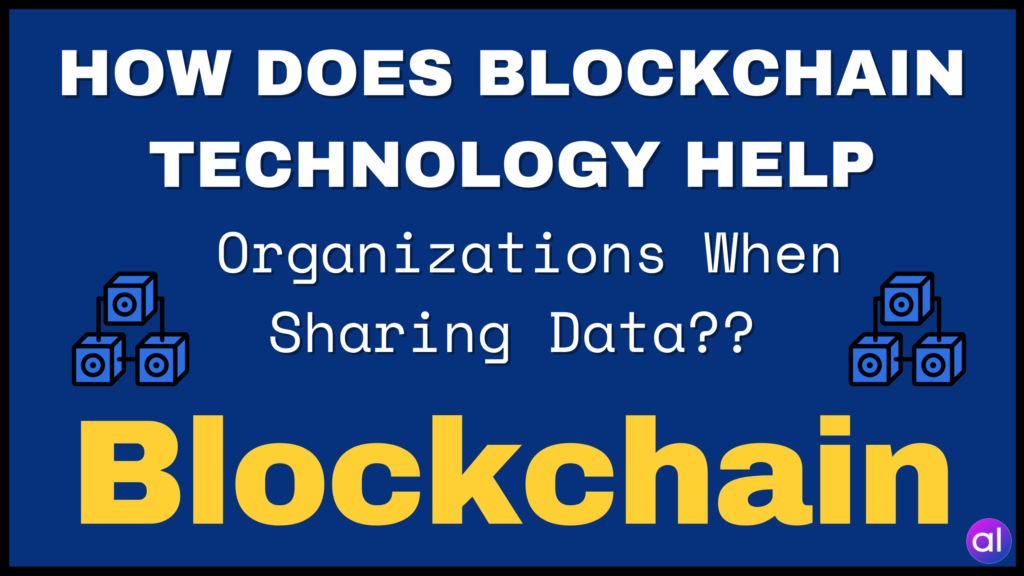
Royalties, also known as remuneration paid in cash, are one of the most essential tools in the financial landscape. A royalty is money paid by one party to another party for using their assets.
Royalties from NFTs have brought significant advantages to overcome the limitations of traditional royalty payment systems.
NFT owners can now receive and maintain royalties for their creations. This article will provide an introduction to NFT royalties, their functions, and benefits.
NFT royalties play a crucial role in offering creators a long-term source of income. This feature allows creators to continue profiting from their NFTs.
What are NFT Royalties?
NFT royalties entitle the actual owner to a percentage of the sale price each time their works are resold on the secondary market. This concept is similar to the music and film industries, where creators are compensated for their work through regular income streams.

NFT royalty percentages typically range from 0% to 10% in most markets, deducted from the seller’s revenue in the secondary market.
Royalty payments represent passive income that a creator receives for each transaction of their sold product. This product can be music, art, game utilities, or any other form of digital asset. While creators earn from the initial sale of their NFTs, royalties ensure continuous income for each subsequent purchase.
How Do NFT Royalties Work?
NFT royalties are monetary rewards automatically given to the original NFT owner on secondary sales of the product. These royalties are tracked on the blockchain network and are selected by the NFT owner on a market or blockchain platform during the mining process.
Smart contracts govern NFT royalties, setting a share of royalty payments from each secondary sale. This automation ensures that royalty payments are executed according to predefined rules for each secondary sale of an NFT.
The execution of smart contracts verifies secondary sales and initiates a royalty check, resulting in a percentage of sales being paid as royalty to the creator.
Adding royalty to NFTs involves creators voluntarily selecting a royalty percentage during the mining process. This percentage is written into a smart contract on the blockchain, ensuring that royalties automatically go to the original owner of the NFT.
Calculating NFT royalties varies depending on smart contracts and marketplaces. Royalties are typically calculated as a percentage of the selling price specified by the creator. The amount of royalties earned can vary based on market demand and scarcity, providing creators with varying income streams.
Merits & Demerits of NFT Royalty
NFT royalties offer creators a consistent income stream from their creations even after selling the NFTs. This continuous income growth can provide compensation for creators as the value of their NFTs increases, allowing them to earn more over time.
However, buyers may find it challenging to pay high prices for NFTs that incur royalties upon resale. Some platforms have made royalty payments optional, impacting the frequency of NFT sales and the creator’s royalty income.
Platforms that Support NFT Royalties
NFT royalties are an emerging concept supported by various platforms. Platforms like Rarible, OpenSea, Foundation, and SuperRare offer creators opportunities to set royalties for their products, ensuring a fair compensation system for their work.
Overall, NFT royalties have revolutionized the art world by providing creators with a reliable source of income and opening up new markets for digital assets. As NFT usage continues to grow, we can expect further transformations in artwork creation, sales, and valuation, shaping the future of creative expression.



